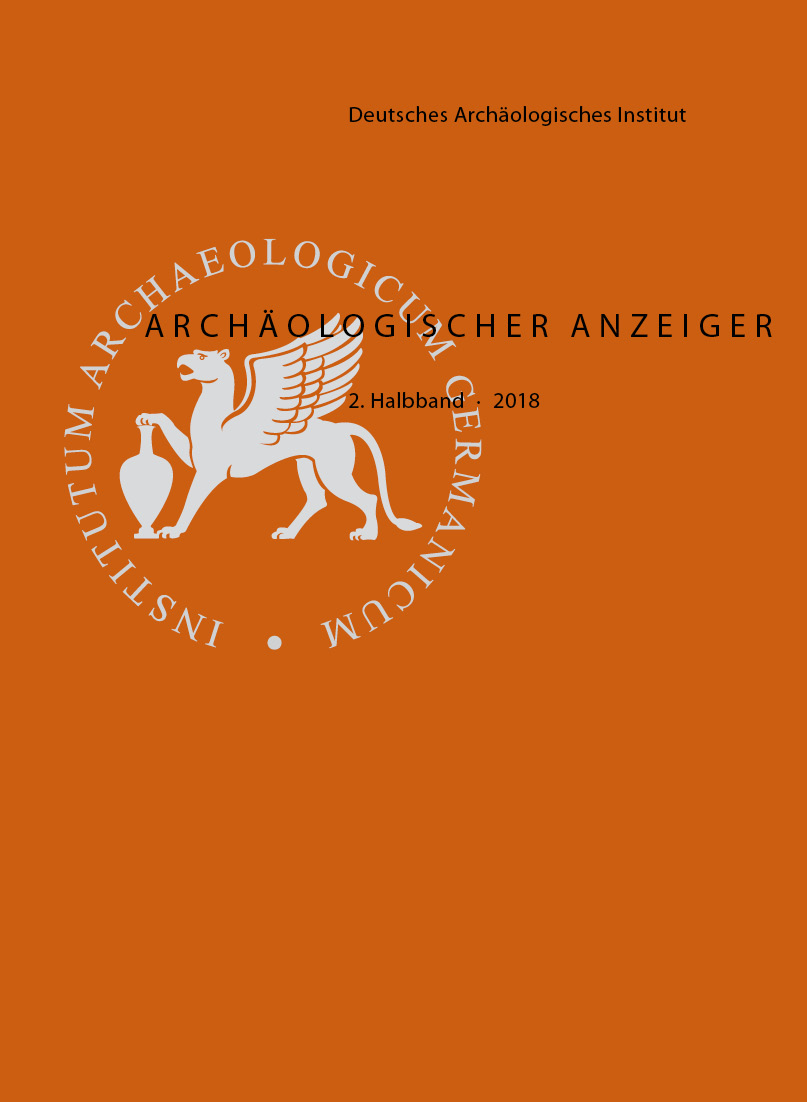Die sogenannte Palästraterrasse (PT) in Kaunos: Zu den Untersuchungen der Jahre 2004–2006
https://doi.org/10.34780/aa.v0i2.1014
Abstract
In 2004–2006 the south and south-east of the ›Palaestra Terrace‹ (PT) were investigated. The stylobates with positioning aids for columns, the defined boundary of the PT, and also slabs laid approximately midway between the two at intervals of two intercolumniations are evidence of surrounding stoas with central supports, whose existence has long been surmised. However, a number of features – for instance intercolumniations of varying width and stoas of varying depth – raise serious doubts about the execution/planning of normal stoas. Lumps of mortar found in the foundations and similar to that used in the probably Hadrianic baths suggest a dating to that period, while white mortar underneath a number of stylobate blocks and under the entrance sill in the northwest suggest an even later date. These new insights necessitate a re-evaluation of the finds and features of older excavations. The impressive plaza area with the church in the middle and the big entrance gate in the northwest is accordingly to be seen as the final construction phase. The geomorphology remained definitive into the imperial period: a street crossed the depression southeast of the thermal baths and was in use for centuries as the central east-west axis of the city. The adjacent ›church hill‹ was surrounded by a sanctuary wall, whose second phase was probably destroyed in the earthquake of 227/226 B.C. and restored using a great deal of spolia. And further to the southeast a narrow saddle led to the ›round-building hill‹, on the north side of which two terraces oriented north-south have been established.
Keywords:
Kaunos, settlement archaeology, plaza area, urban history





